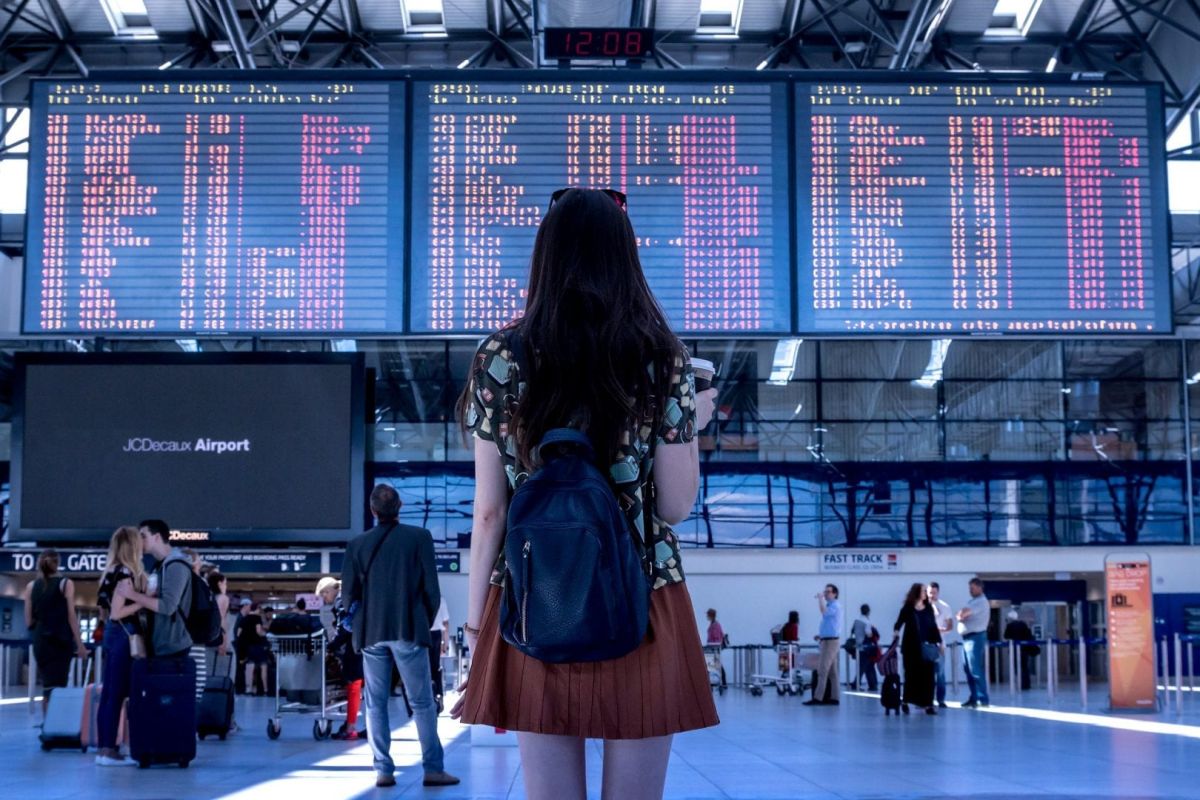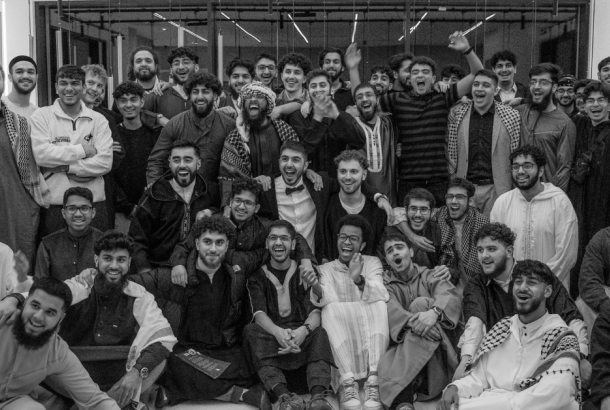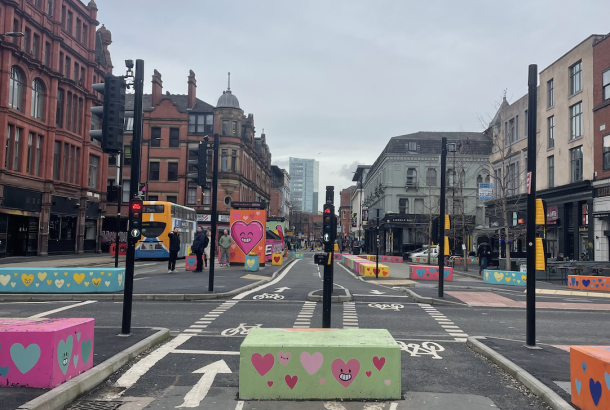2019’s most dangerous destinations
By Josie Fowler

A new map, published by International SOS and Control Risks, details the most dangerous places to visit in 2019.
As the dangers of the world changing year on year, it’s important to stay up-to-date with where is considered a risk when planning a trip. The map is divided into four categories: low, medium, high and extreme. It details both countries and cities in order to make sure that people are aware of where dangers may lie when considering travelling.
The Foreign and Commonwealth Office runs a campaign called Travel Aware, which has detailed information of over two hundred different countries, and it is massively advised that this be consulted for information, updates and advice when considering going to one of these destinations. Firstly I will explain the rankings and then I will provide some examples to shed some light onto what can be expected from a low, medium, high or extreme risk country.
Low risk countries are defined as countries with a low crime rate. They also will have infrequent violence motivated by issues such as politics and race, and terror acts are rare. Countries in this category form the bulk of the map, and the UK is a part of this.
Other examples include almost all European countries, as well as the United States, Canada, Japan, South Korea, and Australia. While these countries may fall into the friendlier of the categories, it is still important to research the country you intend to visit, to be aware of perhaps some more minor issues you could face, such as certain areas being more prominent for street crime or knowing about some of the laws and customs. For example, while Japan may be considered low risk, the importance of researching the customs of the place you plan to go can be reflected in the items classed as contraband there which can be legally enforced, including the banning of products such as Vix Vapo Rub.
Medium risk countries are identified as countries that have periodic political unrest, as well as sporadic examples of issues such as violent protests or terror attacks. Moreover, for travel to states in this country it is recommended to be aware that travellers can face risk from violent crime targeting a particular race or community.
Countries in this category include South Africa, India, Turkey, Ukraine, Russia and Bolivia. However, what also falls into this category are countries that are considered a medium travel risk generally, but with areas that are high risk. This emphasises the importance of knowing whereabouts in a country you plan to visit if you’re travelling across, as well as preparing for the risks you might face in this situation. Countries falling into this category include Peru, Mexico, Madagascar, Saudi Arabia and Mozambique. For travel to the states listed, it is massively advised to get regular updates as the level of risk may vary from time of booking to time of travel.
High risk countries as classified as having frequently violent protests that may target or disrupt foreigners. Additionally, there is significant risk of violent crime and terror attacks, as well as political or racial violence being commonplace, and foreigners may find themselves directly targeted.
Countries in this category include Georgia and Papua New Guinea, as well as areas of the Philippines, Nepal and Tunisia. Should you find yourself choosing to visit one of these countries, it is important to be informed as to what services the FCO could offer in case of emergency. This is readily available through their website, and is advisable when going to a country that has a degree of uncertainty with regards to the safety of it.
Extreme risk countries are those in which the government controls law and order, as well as serious threat of violent attacks by armed groups specifically targeting travellers. Large parts of the country are inaccessible to foreigners, and government and transport services are barely functional. Countries in this category include Somalia, South Sudan, Yemen, Iraq and Afghanistan; while not often considered popular tourist destinations, they are still visited year on year by thrill-seekers and those who want to experience something different. To anyone considering following a similar path, it would be a big risk to not research the potential dangers first.
There is no negative that can come out of going the extra mile to prepare for a trip away, and while there are varied levels of risk and danger involved, it can still be invaluable to understand the country that you visit. Both the International SOS and Control Risks map and the FCO can offer a detailed account of what can be expected, with the Travel Aware campaign offering information on everything from the environment to traditions to terror warnings for each country.







